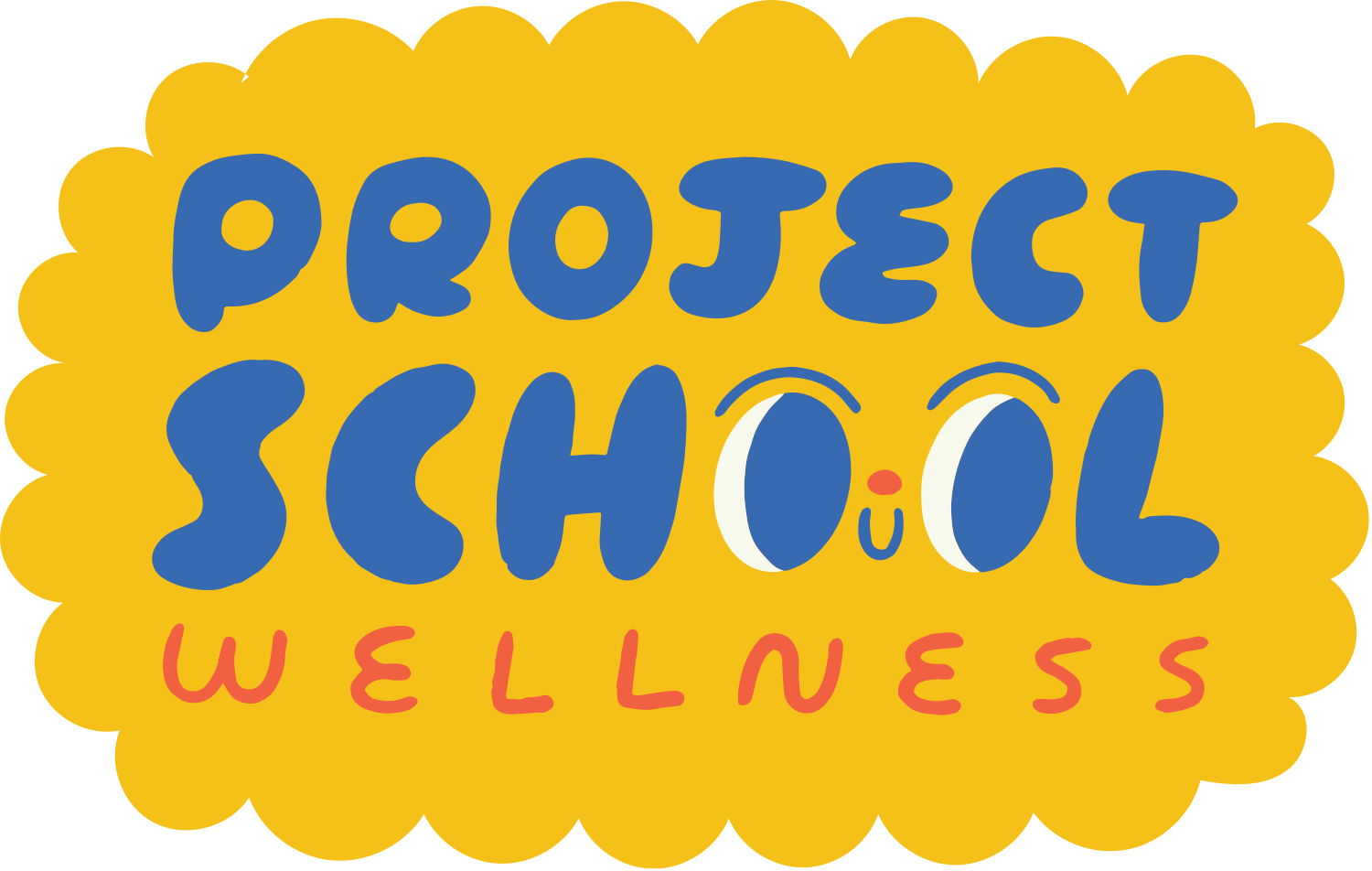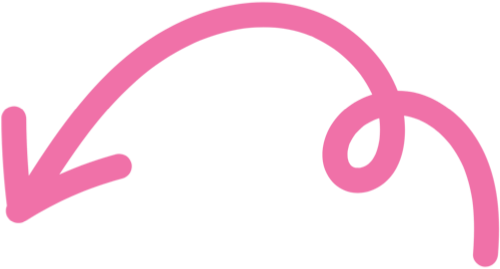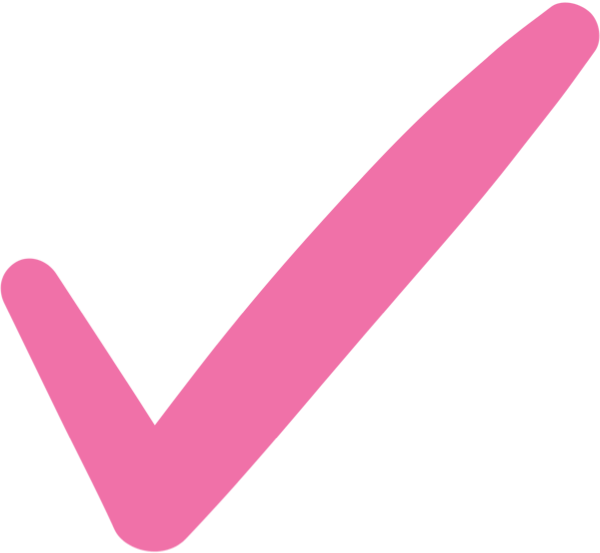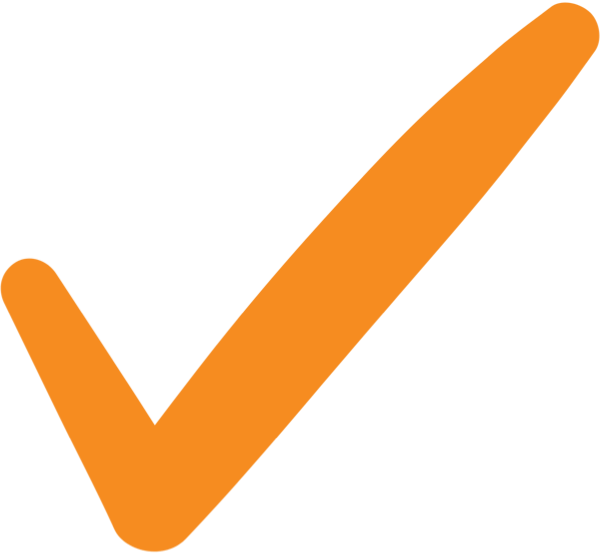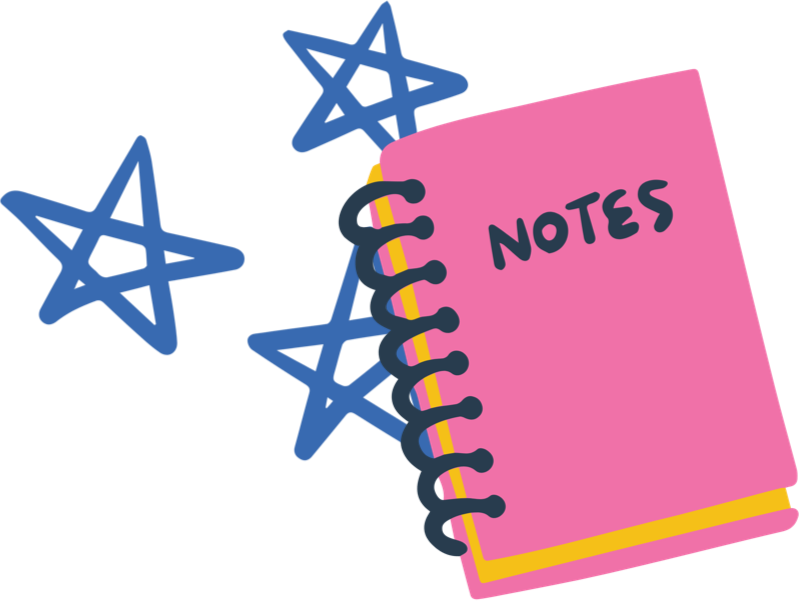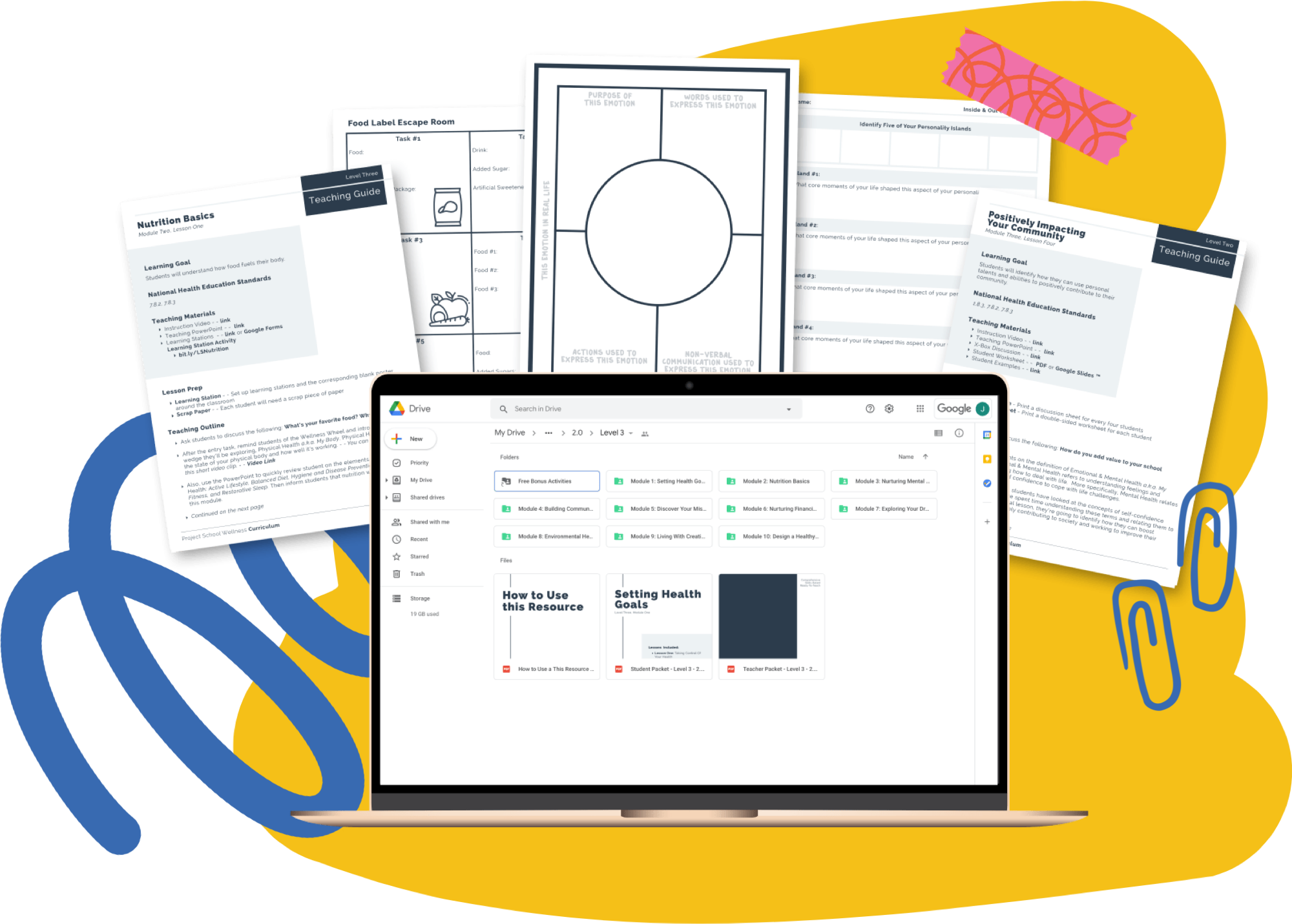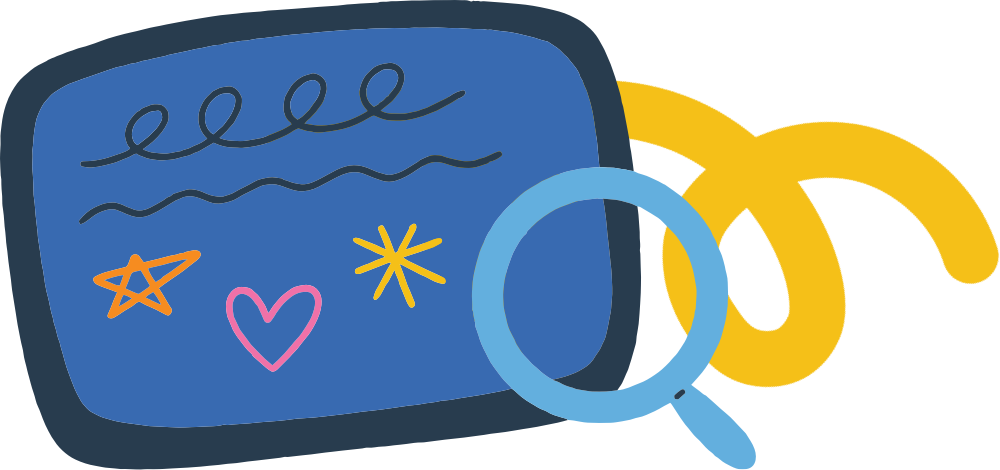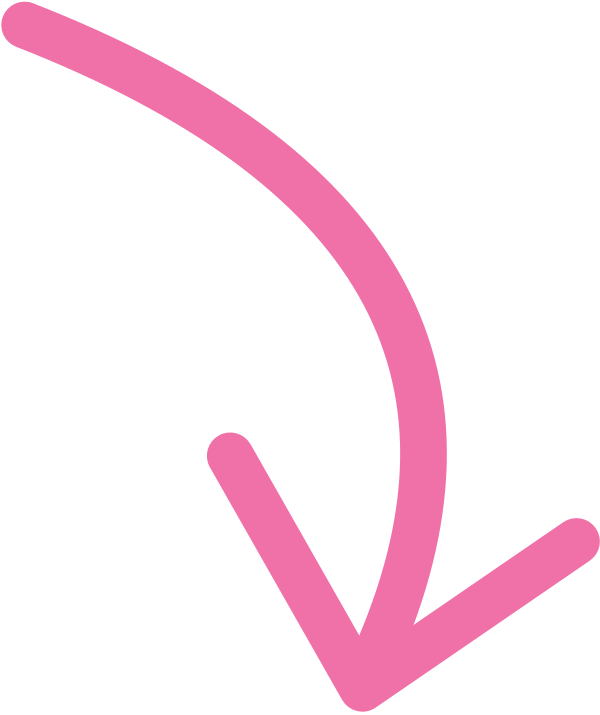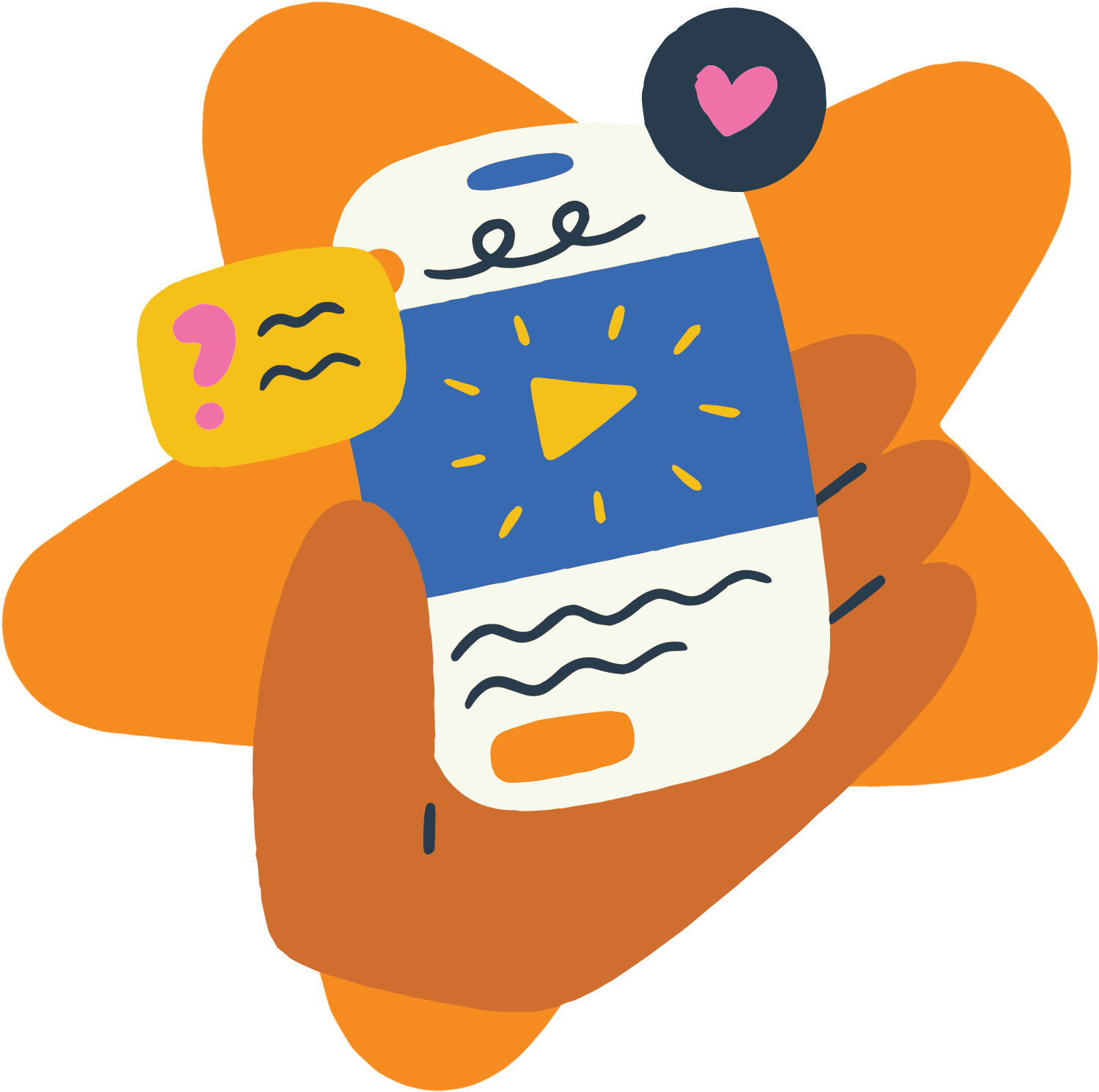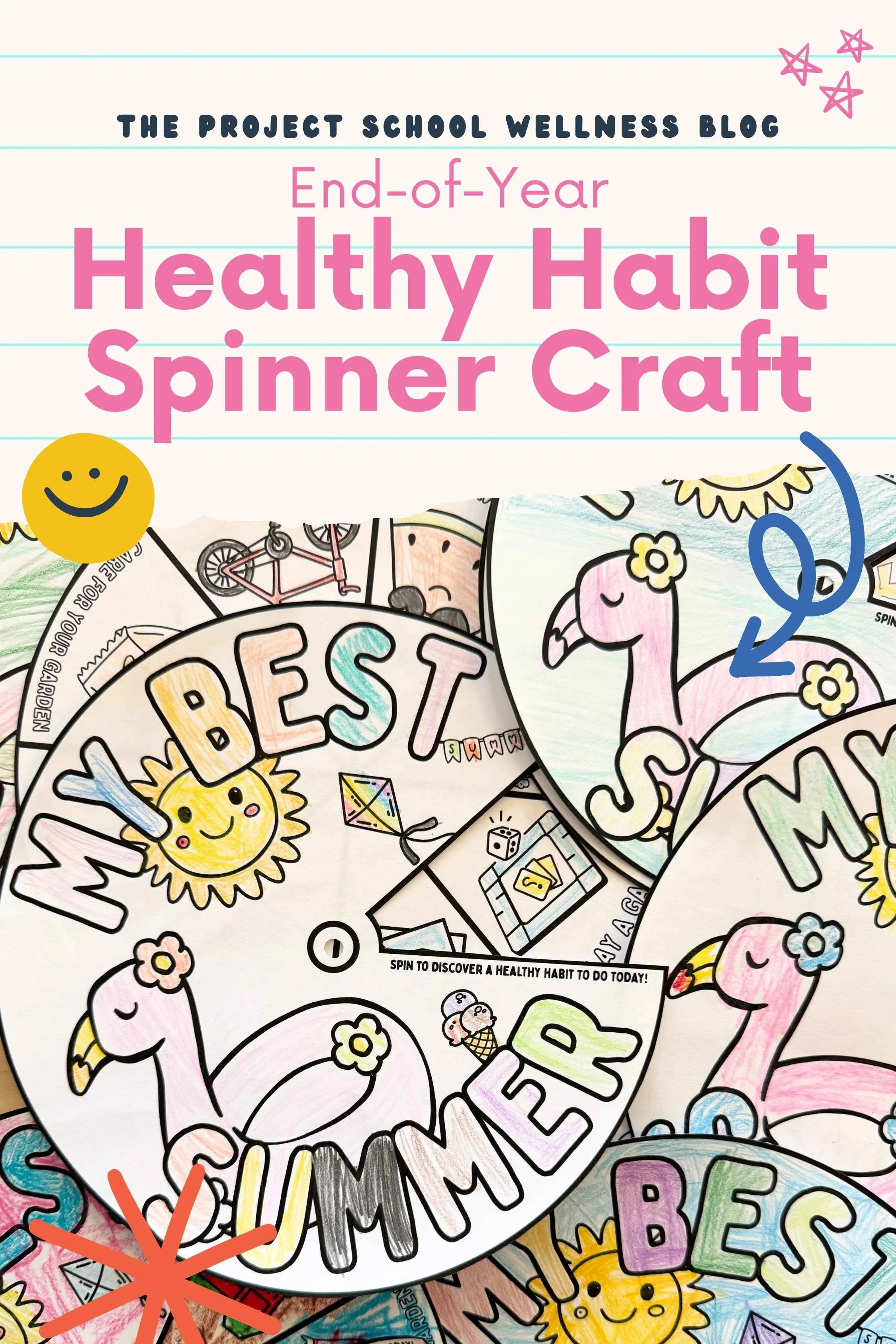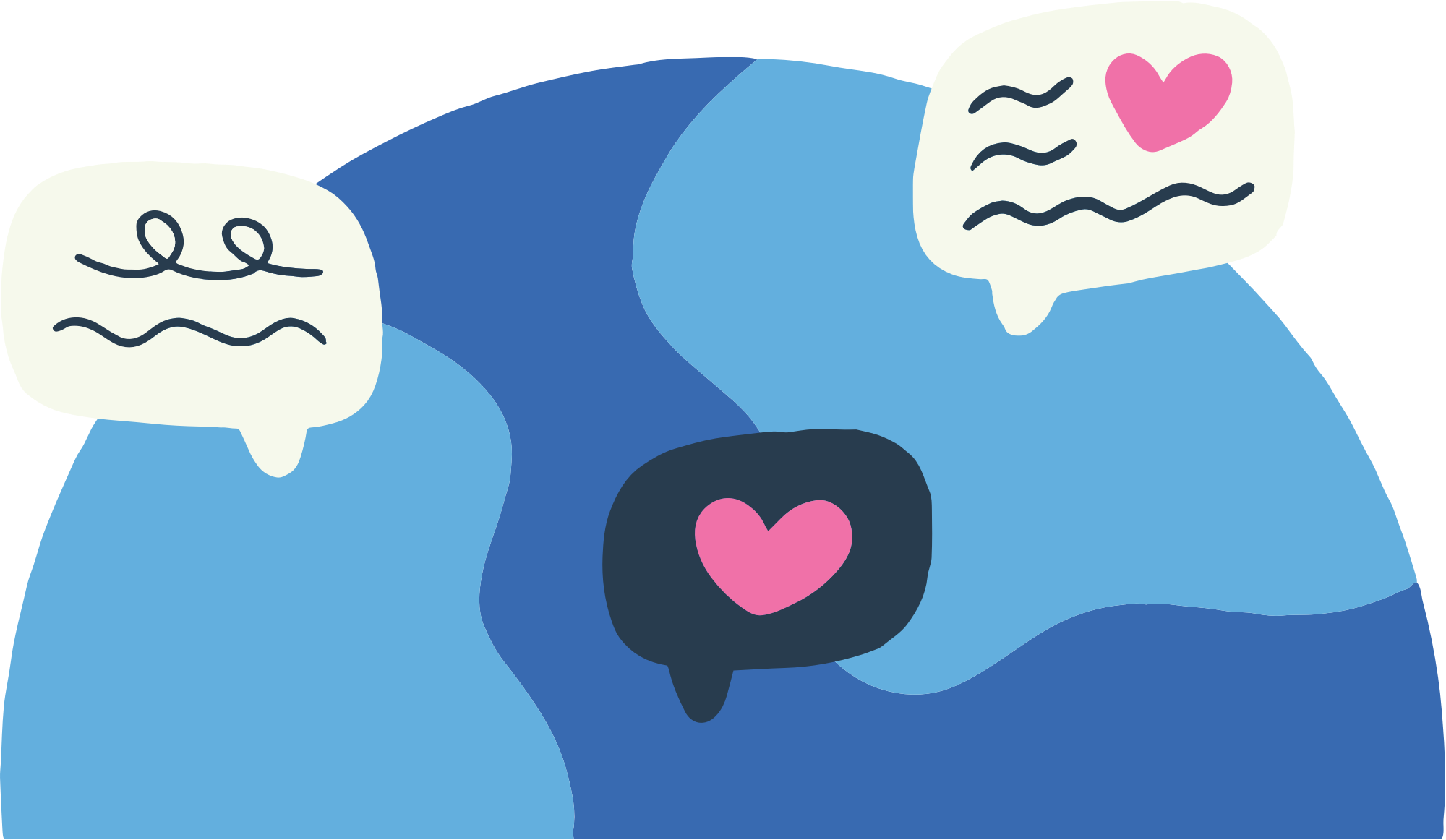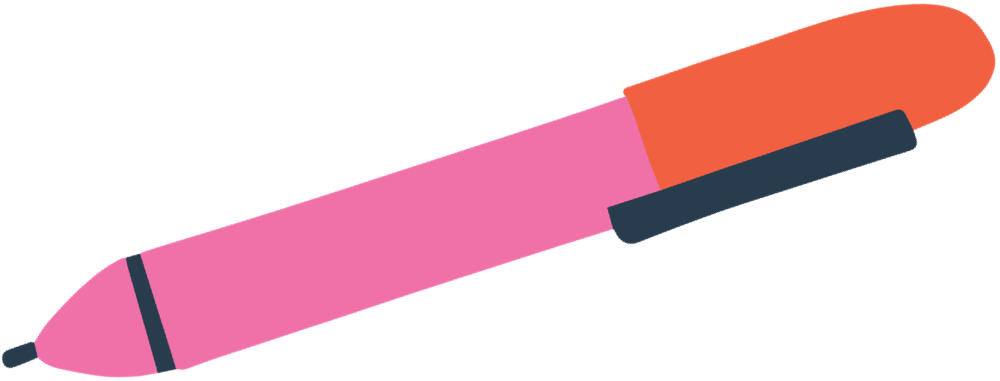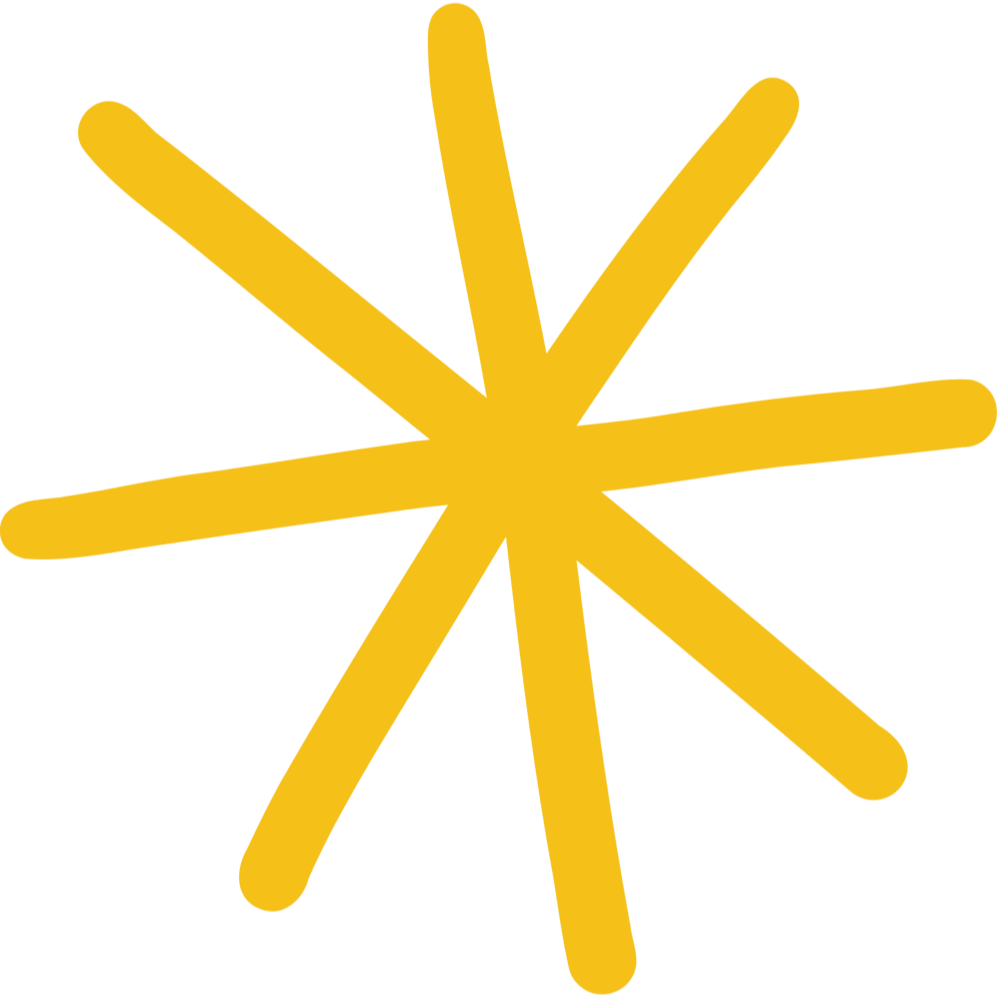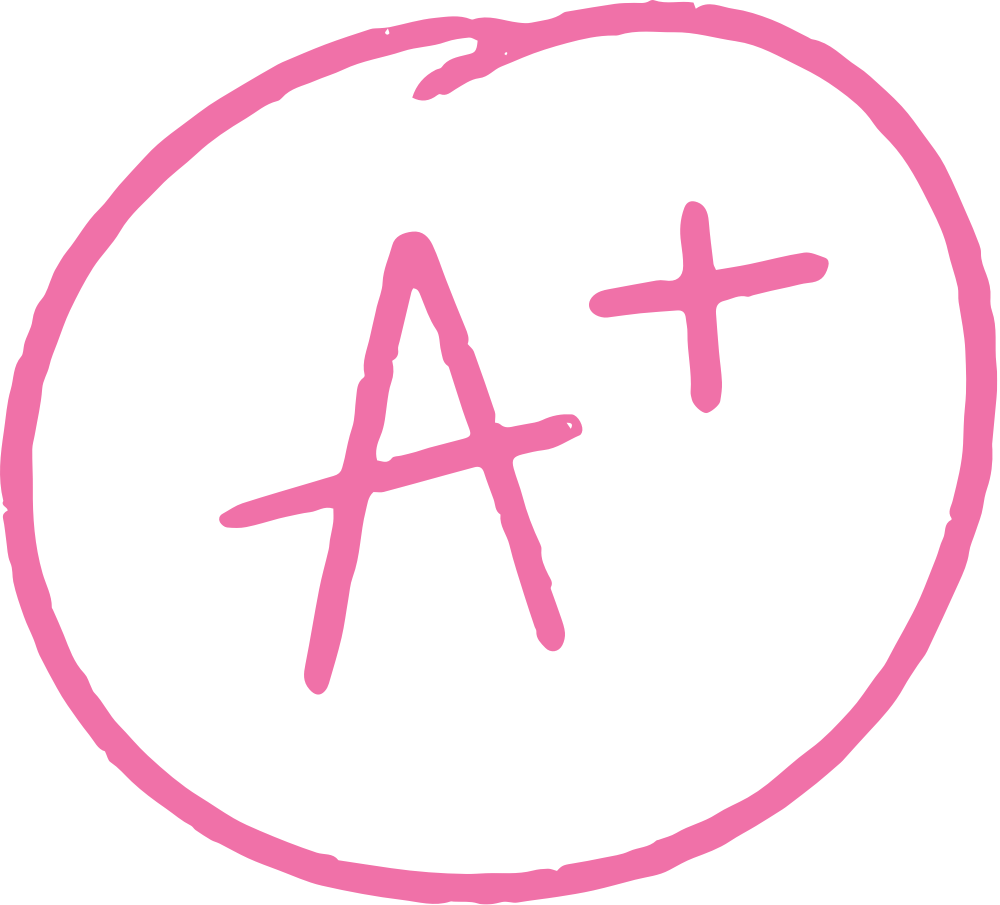Health Education Saves Lives
✏️
Health Education Saves Lives ✏️
Health Education
Made Easy.
Project School Wellness is a one-stop health education solution for health teachers. Featuring a comprehensive health curriculum, an extensive library of health teaching guides, and expert health resources for parents and students. We make impactful, life-changing health education accessible for everyone.
Explore Popular Health Teacher Guides

Meet Project School Wellness
Your Partner in Health Education
Project School Wellness is a top provider of comprehensive, skills-based health education resources. Our tools help health teachers create meaningful lessons and learning experiences, authentically connecting to students’ lives. With a focus on impactful and real-world learning, we help you give students the confidence, knowledge, and skills to care for their health now and in the future.
All-Inclusive, Done-for-You Lessons
Save time and energy with fully planned lessons that require minimal prep. Focus on what matters most—teaching and inspiring your students.
Authentic and Impactful Learning Experiences
Our student-centered approach values real-life connections, guiding students to build self-awareness and practical skills to navigate their well-being with confidence.
Comprehensive Support
From teaching guides to parent and student resources, we offer everything you need to create a meaningful health education experience.

It Takes a Village
A Community Approach to Health Education
At Project School Wellness, we understand that health education extends beyond the classroom. It calls for a collaborative, community effort. Teachers, students, and parents all play a vital role in enriching students’ well-being. That’s why we’ve created tailored health resources to support every member of the community:
-
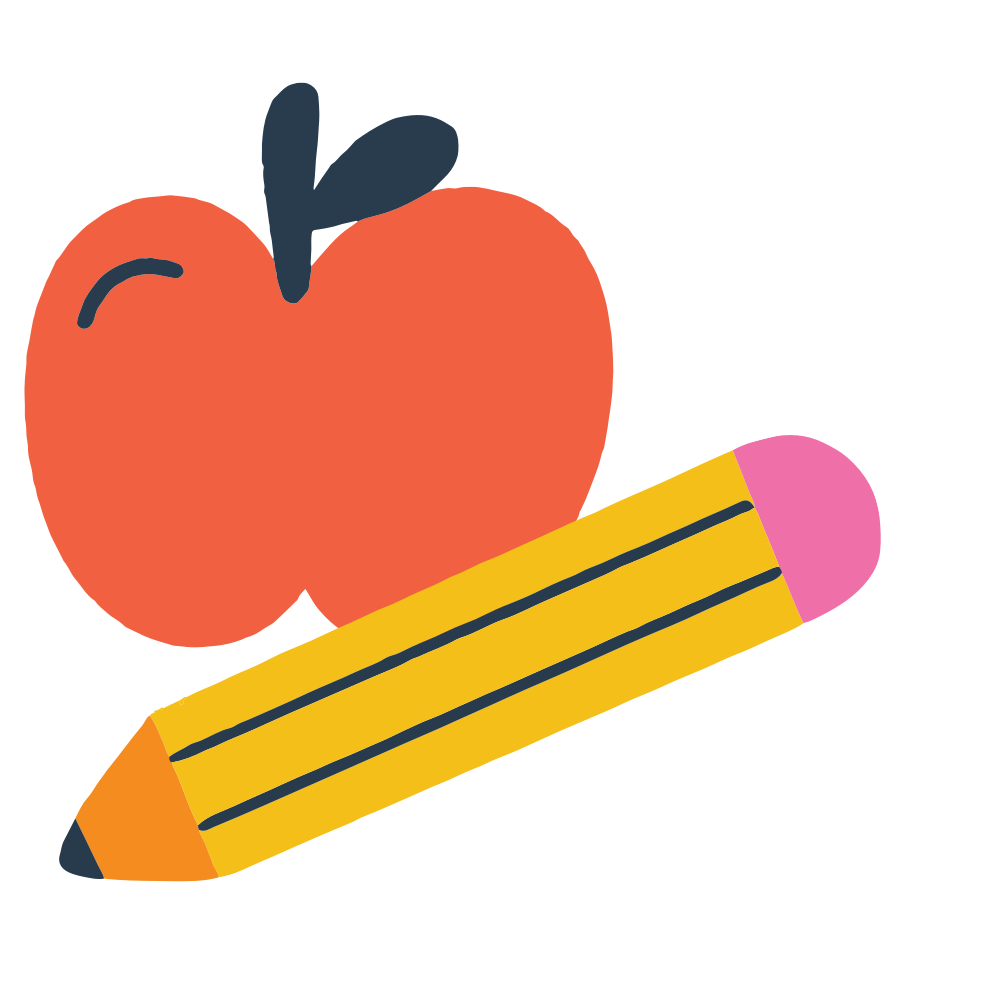
For Teachers
Explore a library of teaching guides designed to make your job easier. Each teacher guide includes topic overviews, grade-level specific health teaching ideas, health skill connections, curated list of health resources, and more to streamline your instruction.
-
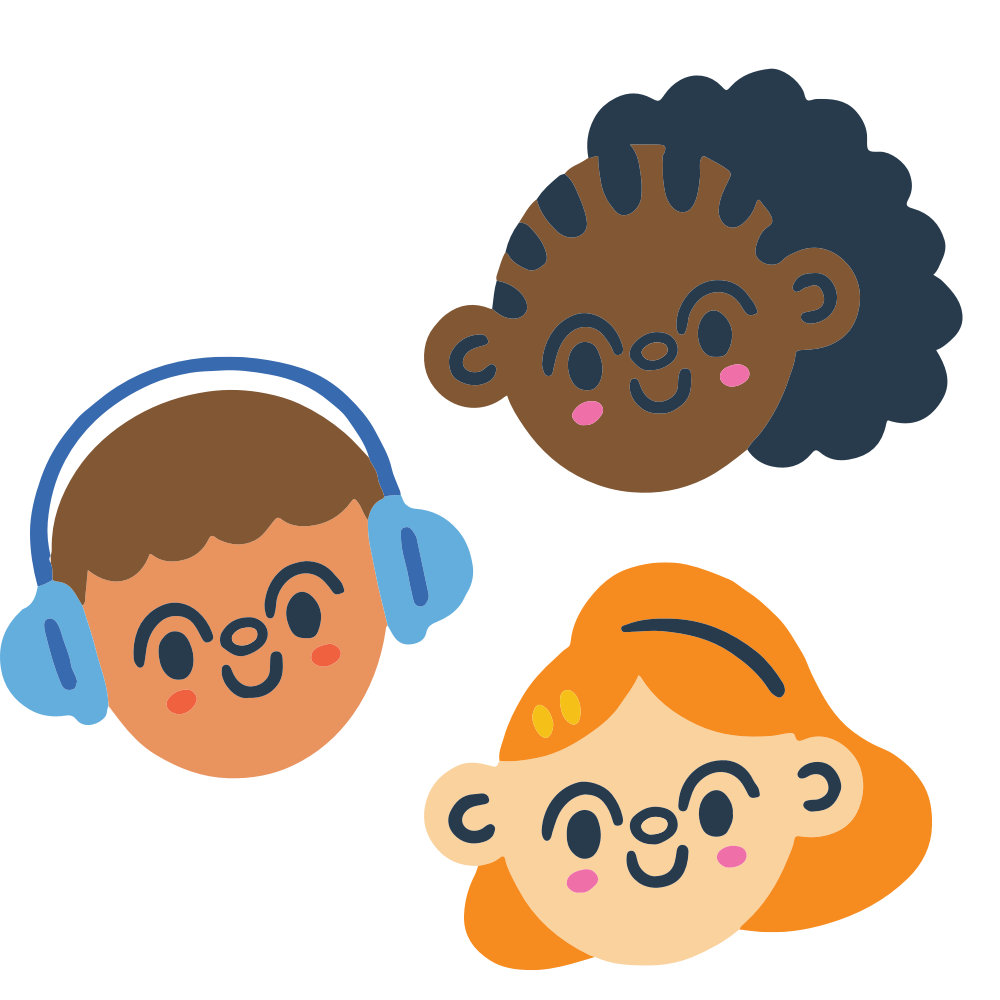
For Students
Discover a catalog of teen health guides packed with essential healthy living tools. Each health guide features topic overviews, self-assessment check-ins, red flag indicators, actionable resources, and more to help students take charge of their health and well-being.
-
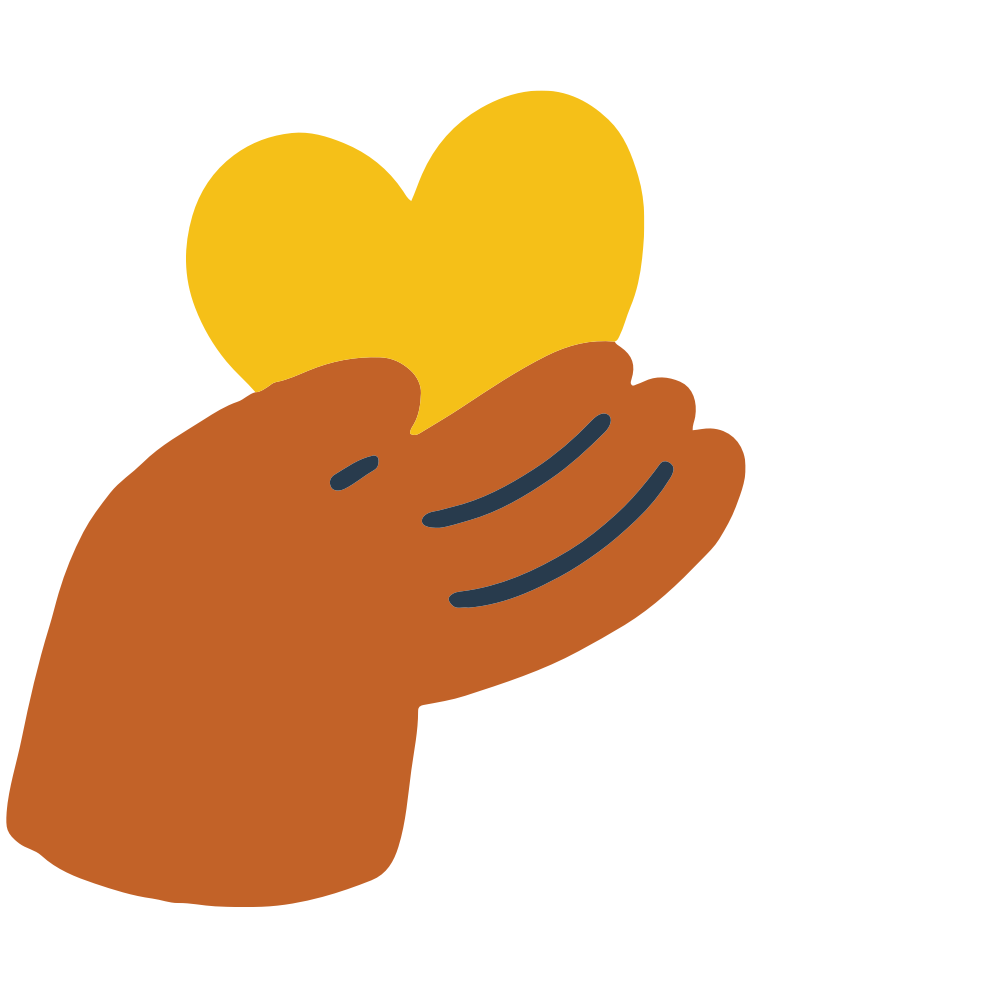
For Parents
The ultimate guide for parents to raise healthy kids, foster open communication, and become their child’s trusted go-to adult. Discover our parent health guides filled with conversation starters, topic overviews, curated resources, and practical tools to confidently support your child’s health and well-being.
Most Loved Features in Our Signature Health Guides:
Grade-Level Specific Teaching Ideas
Detailed learning outcomes, engaging activities, and assessments tailored to meet the needs of every grade.
Curated Resource Index
A thoughtfully compiled list of resources for teachers, students, and parents to enhance learning and support well-being.
Tailored Videos
Exclusive video content created specifically for teachers, students, and parents to deepen understanding and application.
Holistic Well-Being Connection
Practical tools to align health education with the B.E.S.T. Model for Healthy Living, empowering everyone to care for their well-being. (Link to YouTube video)
Conversation Guides and Starters
Helpful tools for parents to confidently talk to their kids and for students to start meaningful discussions with trusted adults.

“PSW has been a game changer for me. It is interactive, informational, teacher friendly, student friendly, and has saved me a ton of time over the past few years since introducing it in my health classroom. Thank you so much for creating such a valuable and useful tool for middle and high school health teachers!!!!!!!”
Elizabeth
Project School Wellness Curriculum
A completely done-for-you curriculum, packed with everything you need to confidently teach comprehensive, skills-based health education.
K-12 Curriculum →
Unit Plans →
Individual Health Lessons →
All-Inclusive Health Curriculum
-
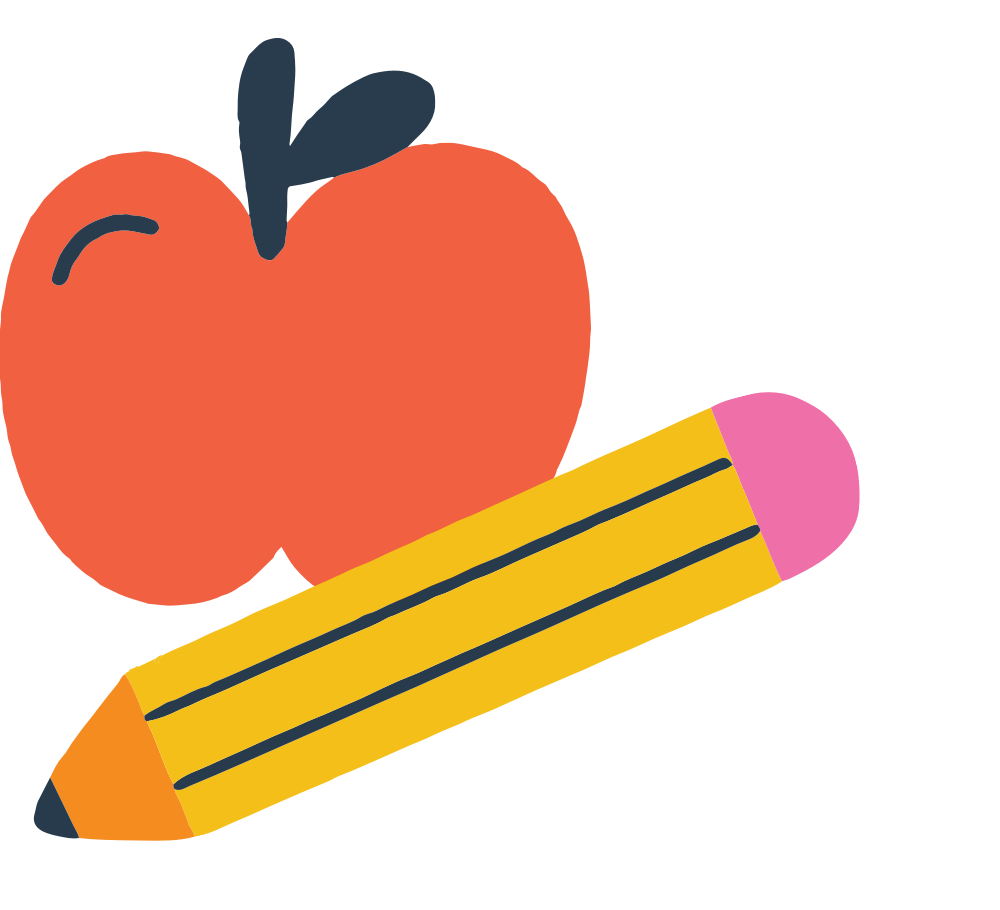
Elementary
Designed to build functional knowledge and introduce students to essential health skills, this health education curriculum sets the stage for authentic learning. With engaging lessons, students explore each of the core health dimensions while beginning to develop skills they’ll use throughout their lives.
-

Middle School
This comprehensive health program connects with students as they explore the core dimensions of health, and master all eight essential health skills. Through engaging, practical activities, students develop the knowledge and confidence to apply what they learn to their everyday lives, fostering meaningful and lasting growth.
-
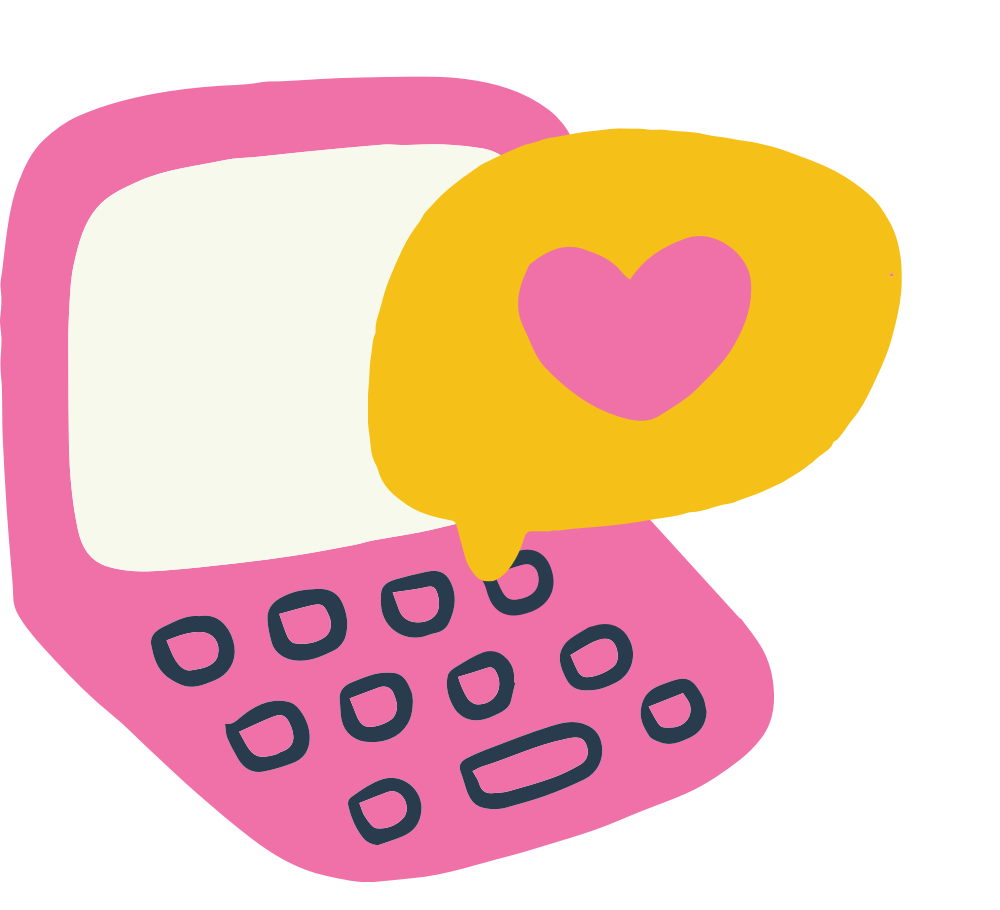
High School
This advanced, skills-based program guides students through real-life skill applications and fosters exploration of their health and well-being. It equips them with the tools and confidence to make intentional, informed decisions that enhance their lives.
No Extra Planning and Done-for-You
What does “done-for-you” even mean?!?
The Project School Wellness Health Curriculum is a turnkey health program that comes with all the necessary teaching materials. Everything from teaching plans, to (digital and print) student worksheets, to assessments + PowerPoints, we’ve got you covered.

“ I am a newer teacher and it was my first year teaching health. This was a great resource to add in, and covered everything I needed it to. The lessons were engaging and it was great to have ready-to-use materials with minimal prep!”
Haley

What is Skills-Based Health?
Your free library of health education teaching guides feature topic outlines, resources, and ideas to make teaching health simple, effective, and life-changing.

Skills-Based Health
The Secret to Effective Health Education
Makes Health Education simple, effective, and life-changing!
Makes Health Education simple, effective, and life-changing!
In today’s fast-paced, ever-changing online world, where viral trends constantly reshape the challenges students face, and instant access to information is just a click away, health education needs to evolve to stay relevant.
Enter, Skills-Based Health.
This adaptable health framework prioritizes vital health skills over memorizing Googleable information. Equipping students with practical skills like decision-making, self-management, communication, and more. Skills-based health education focuses on empowering students with practical tools to navigate their well-being confidently, and the Project School Wellness health curriculum is built on this transformative approach.
Each health learning experience goes beyond memorizing facts, guiding students through authentic learning experiences that develop essential health skills like decision-making, communication, analyzing influences, and self-management. By prioritizing skill development, students are equipped to apply what they learn to real-world challenges, make intentional choices, and take meaningful ownership of their health. This approach ensures they’re prepared not just for the classroom but for life.

Our Signature Framework for Teaching Skills-Based Health
Start teaching skills-based health today! Use our easy-to-follow teaching guides and fully planned, done-for-you skills-based health curriculum to empower your students with the knowledge, skills, and confidence they need to take charge of their well-being.
Introduce the Skill
Lay the foundation by explaining the purpose of the skill and its role in managing personal health. Guide students to use the B.E.S.T. Model or the Wellness Wheel to identify where the skill fits into their lives and how it can support their overall well-being.
Teach the Skill Cue
Simplify the skill with a clear, actionable guide (a.k.a. a skill cue) that students can easily follow and practice.
Apply the Skill to Real Life
Focus on real-world application by guiding students through practical exercises and scenarios that build skill competency. Help them practice using the skill in meaningful ways so they’re prepared to apply it effectively in their everyday lives.

Take the guesswork out of teaching skills-based health with the Project School Wellness Health Skills Toolkit.
Teach SHAPE America Health Skills
Health Skills
Teaching Toolkit
The SHAPE America National Health Education Standards outline eight essential health skills that empower students to take charge of their well-being. Project School Wellness’ signature teaching guides dive into these skills, equipping teachers with strategies to help students explore, practice, and apply effective methods for managing their health, and confidently navigating real-life challenges.
-
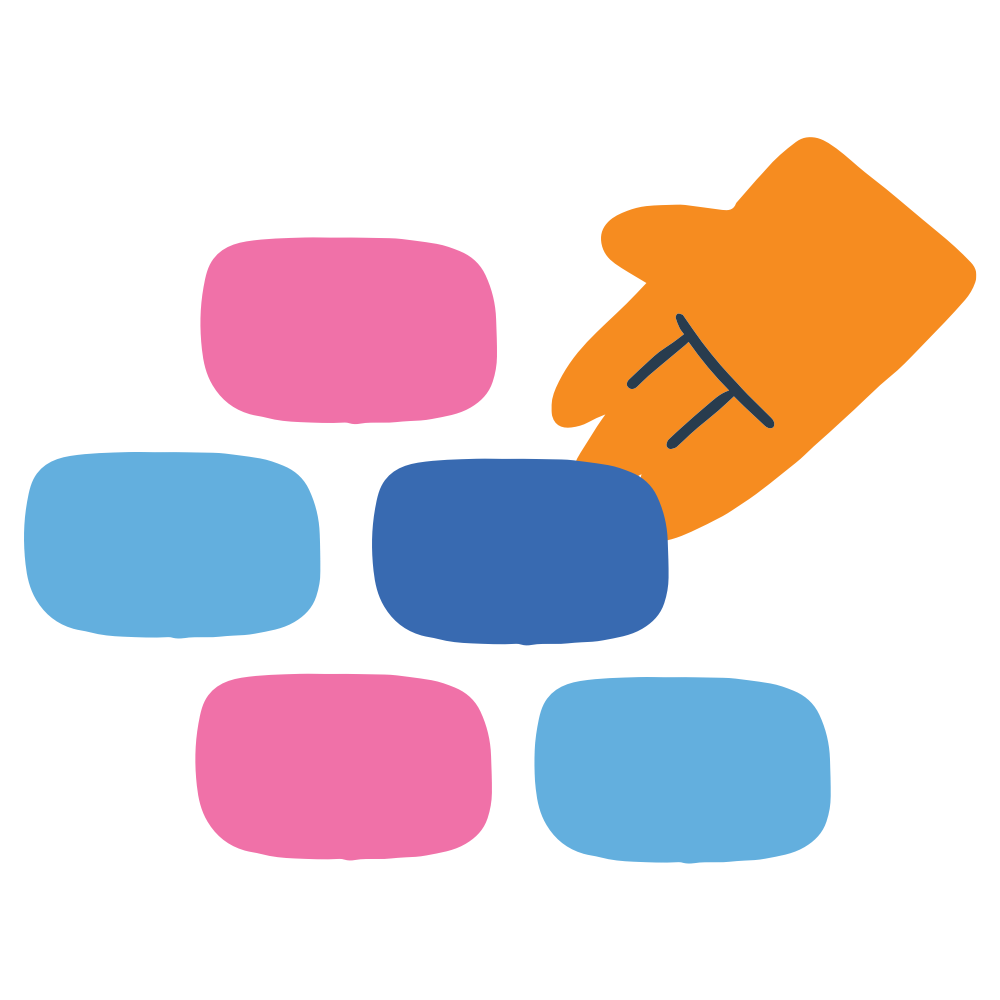
Building and Applying Functional Knowledge
Learning and Using Health Knowledge
-

Analyzing Influences
See What Shapes Your Choices
-
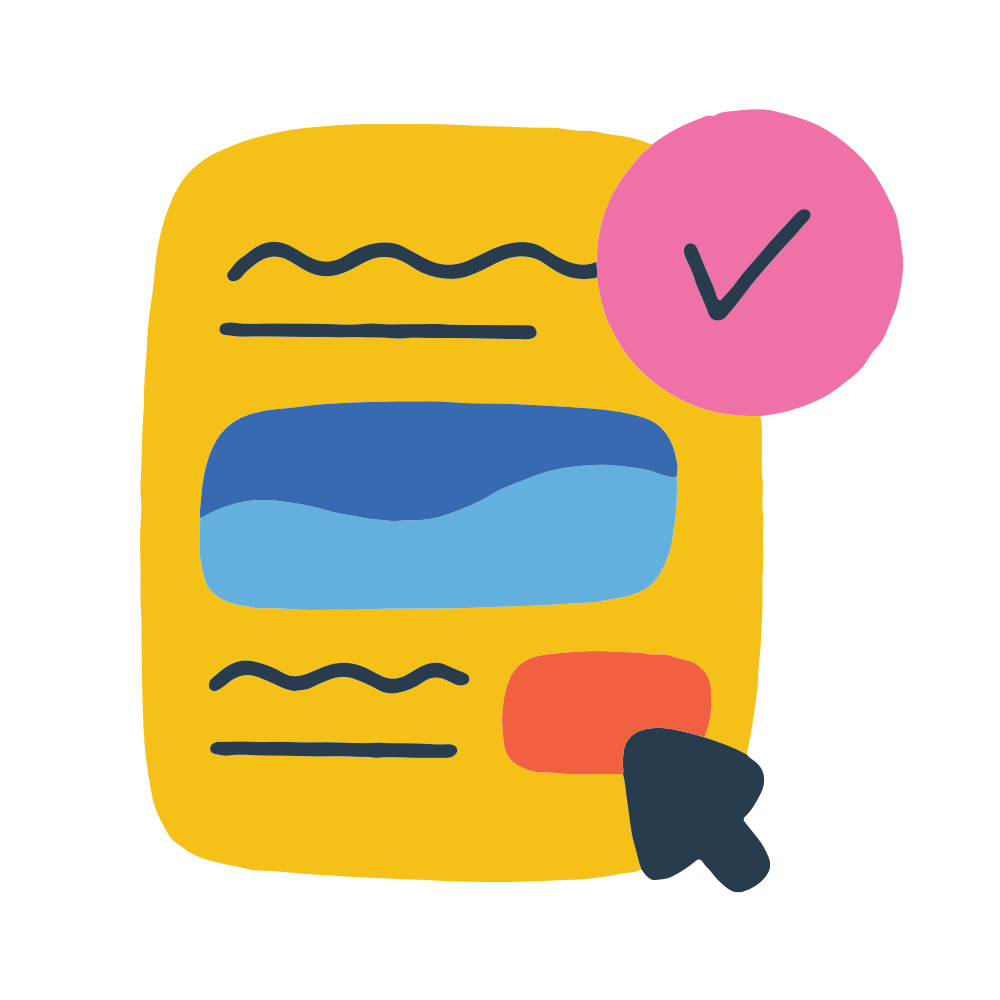
Accessing Resources
Find Good Health Info
-

Interpersonal Communication
Communicate Effectively
-
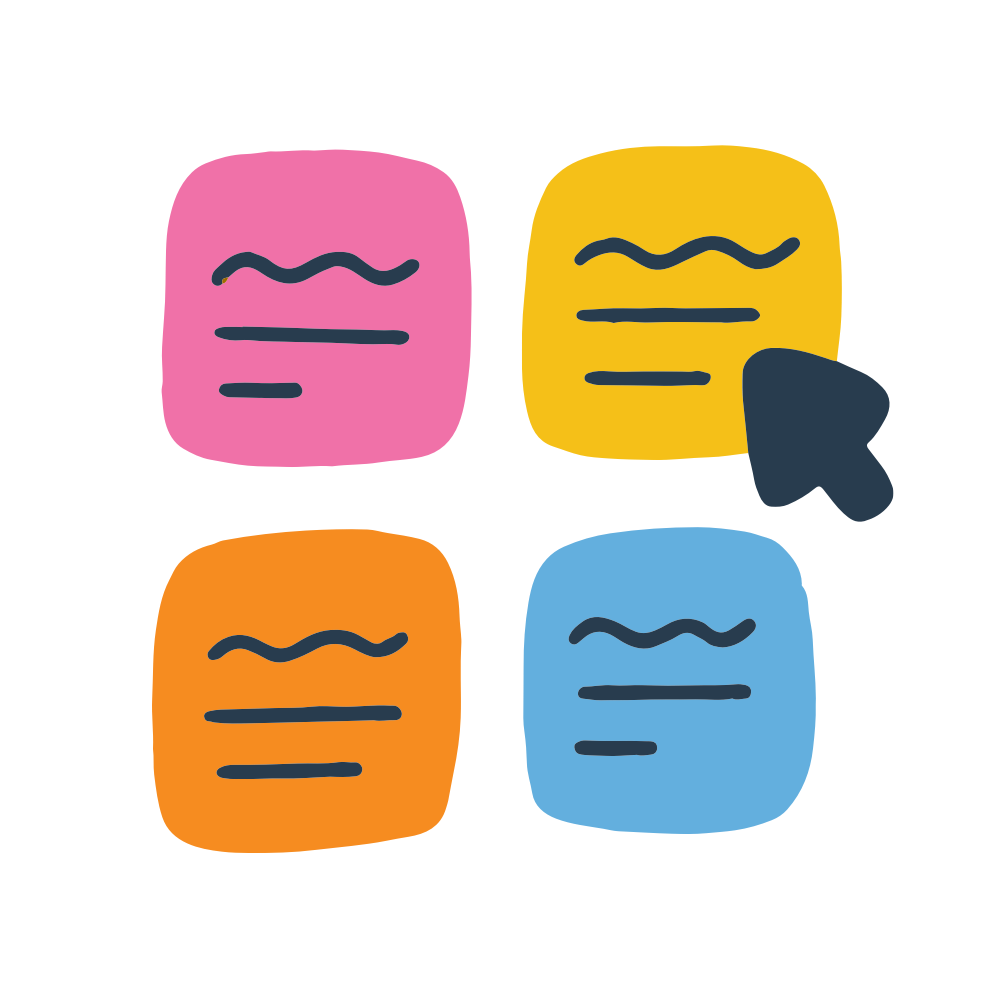
Decision Making
Make Enriching Health Choices
-

Goal Setting
Set and Reach Health Goals
-
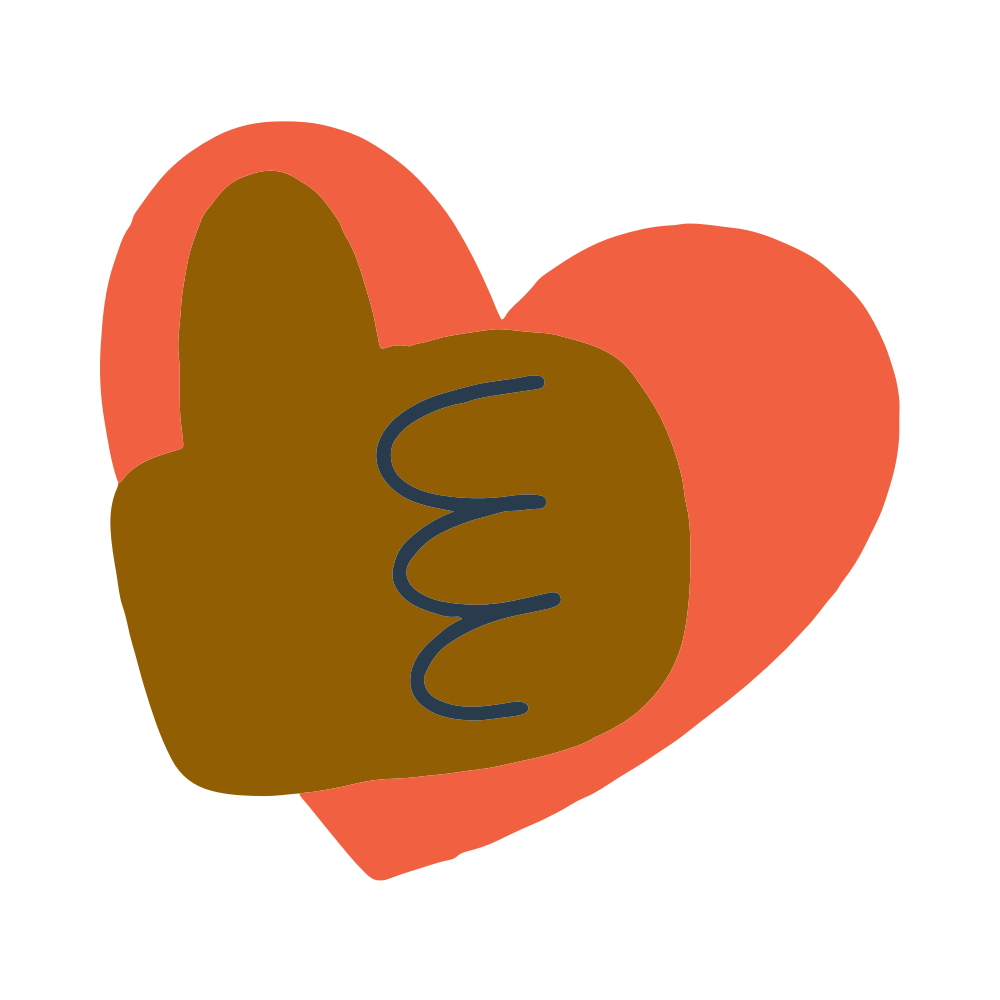
Practice Health Enhancing Behaviors
Take Care of Your Well-being
-

Advocacy
Speak Up for Health
Includes lessons for all core health skills.
Designed to be flexible and adaptable to any health topic.
Helps students build confidence, knowledge, and practical skills for life.

" I love that everything has been carefully thought through and included with each lesson plan- the teachers guide, a video overview, paper handouts as well as online options already done for me, standards, complete lesson plans with exit tasks… it makes everything so easy… and I know I’m getting a very high quality product (and my students are getting a great lesson) with every PSW lesson plan!"
Jessica

Practical Resources for Teaching Health
teacher resources
Workshop Index
Teaching health shouldn’t feel overwhelming. That’s why our workshops are designed to make health education simple, effective, and accessible for every teacher. Explore our pay-what-you-can professional development sessions, packed with practical strategies, ready-to-use tools, and real-life teaching support. Whether you’re new to health education or looking to deepen your skills, we’re here to help you teach with confidence and impact.
Popular Workshops
-
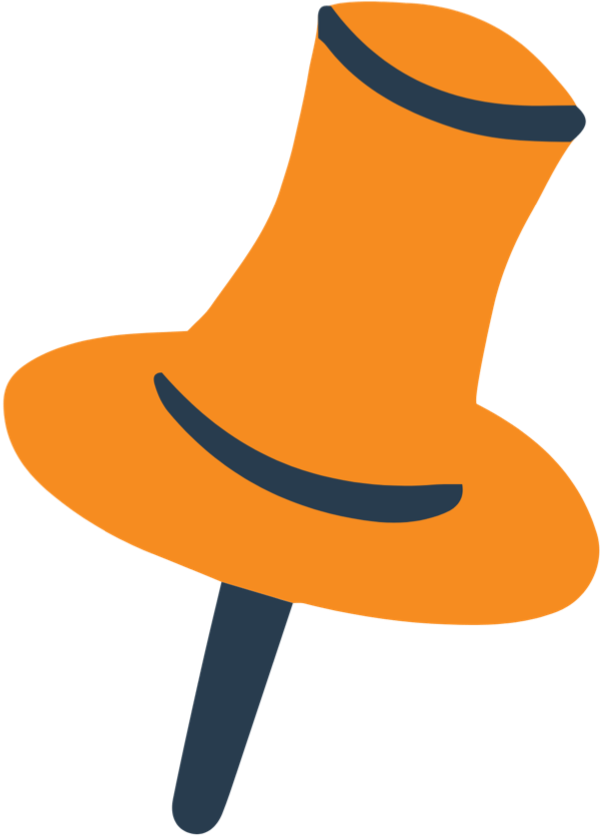
How to Teach Sex Ed
1.5 CE hours
-

Embracing Body Neutrality
1 CE Hour
-

The Secret to Effective ATOD Education
1.5 CE hours
explore free content
Youtube
Discover practical health education videos for teachers and students that make teaching and learning health simple, engaging, and skills-based.
Health Ed blog
Teacher Favs

teacher resources
Blog Articles
Featured Blog Posts
teacher resources
Looking for Something Else?
-
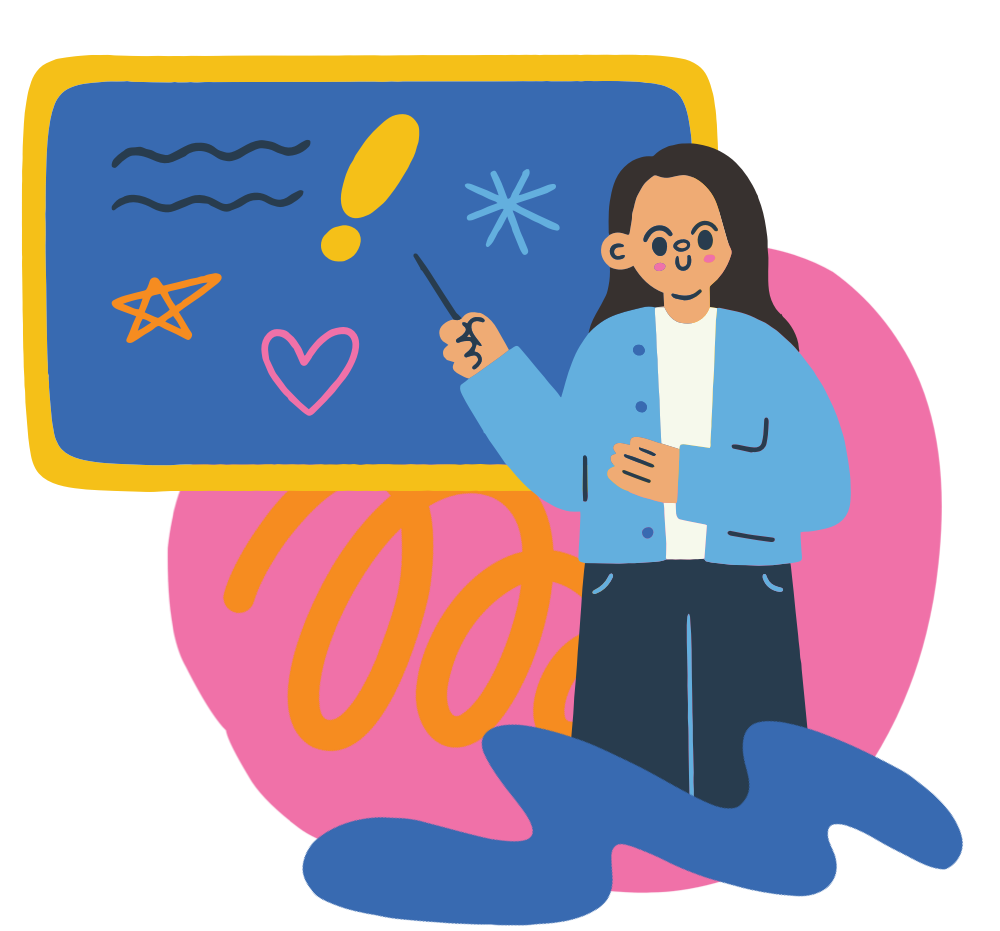
Keynote Speaking
Inspire your team with engaging talks that bring fresh ideas and practical solutions to health education.
-

Workshops and Professional Development
Hands-on training sessions designed to give teachers tools and confidence to deliver authentic and impactful health learning experiences.
-
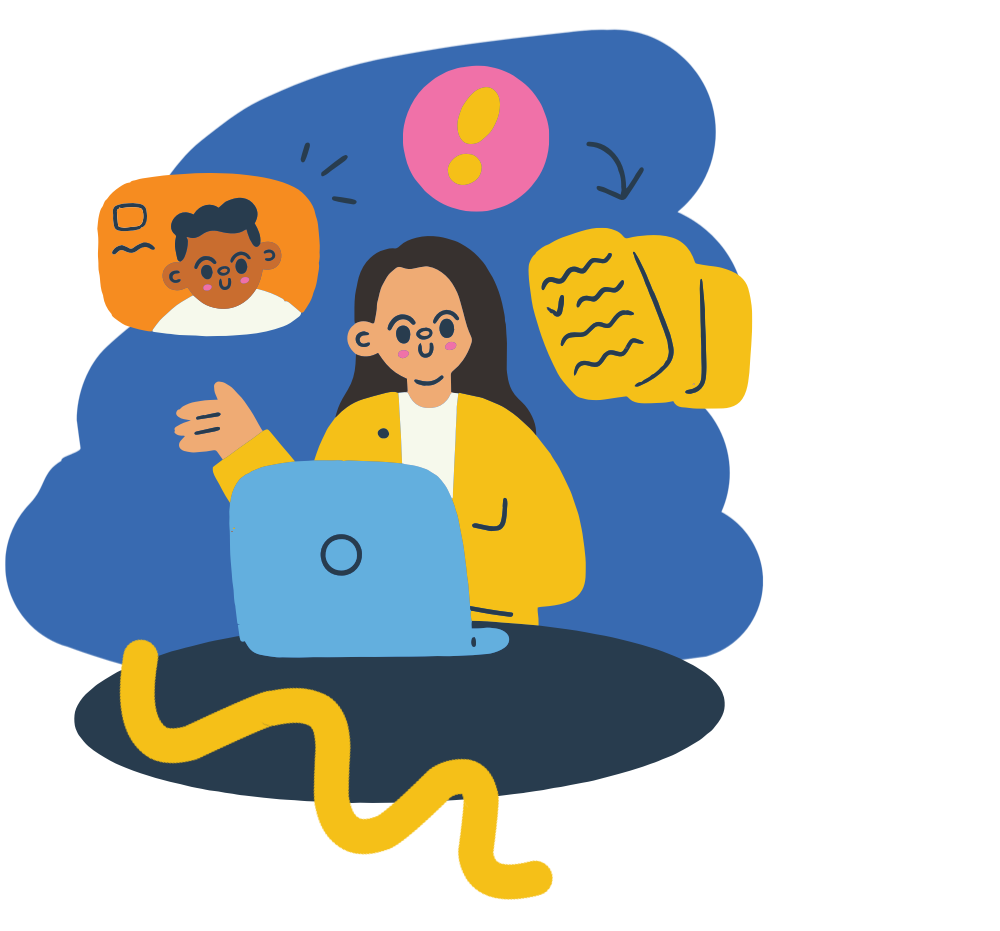
Consultation
One-on-one support to create tailored solutions for your school’s health education needs.
-

Curriculum and Program Development
Collaborate to build a tailored health education program that creates meaningful impact.

Health Education Saves Lives.
Educators Across the Globe are Raving About Project School Wellness
The Project School Wellness Curriculum is your all-in-one solution for comprehensive, skills-based health education resources.

Millions of Students Reached
44,000+
Lesson Plans Sold
35,000+
Teachers Strong
230+
Available Resources
Trusted by

"Project School Wellness has given me strategies and tools that I have not used before in my health classes. I have been teaching health for over 20 years and the lessons and ideas have been refreshing."
JOHN

Meet Project School Wellness
Your Go-To Partner in Health Education!
At Project School Wellness, we are dedicated to making health education simple, effective, and life-changing.
As your one-stop health education hub, we offer ready-to-use health curriculum and resources for health teachers, expert guidance for parents navigating tough topics, and trusted insights for students building lifelong health skills. Whether in the health classroom, at home, or learning on your own, we’re here to help students build the knowledge, skills, and confidence needed to live their healthiest, happiest lives.
